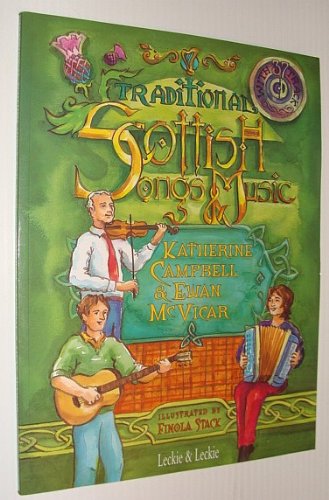 The new term began last night with one of a handful of rowing tunes that I am aware of. Iomramh eadar Il’as Uist (Rowing from Islay to Uist) was originally published in 1815 in Captain Simon Fraser’s collection — perhaps my favourite of the older collections. If you don’t have it, a PDF of a later edition can be found on the International Music Score Library Project.
The new term began last night with one of a handful of rowing tunes that I am aware of. Iomramh eadar Il’as Uist (Rowing from Islay to Uist) was originally published in 1815 in Captain Simon Fraser’s collection — perhaps my favourite of the older collections. If you don’t have it, a PDF of a later edition can be found on the International Music Score Library Project.
 The Skye Boat Song is the best known of these tune types (see the interesting history of it on Wikipedia) and the Arran Boat Song is widely played but Rowing from Islay to Uist perhaps less so. I first heard it on Ossian’s St Kilda Wedding (highly recommended) and it has been recorded by others since.
The Skye Boat Song is the best known of these tune types (see the interesting history of it on Wikipedia) and the Arran Boat Song is widely played but Rowing from Islay to Uist perhaps less so. I first heard it on Ossian’s St Kilda Wedding (highly recommended) and it has been recorded by others since.
Ossian played it in Am but it fits the whistle and flute well in Bm. It is usually written out in a slow, rocking, 6/8 time and it is often described as a jig due to this. 3/4 makes sense to me but I have adhered to the original time signature. It’s a long way from Islay to Uist, so take your time with this one. The weaker c# notes on our instruments can be bent to good effect.
Resources for the tune can be found on the Resources page for the classes.
Photo: North Uist near Solas by Scot Tares, some rights reserved.




 However, there is evidence that the melody goes back further than that. Katherine Campbell and Ewan McVicar include it in their schools’ anthology, Scottish Traditional Songs and Music. There is it called Sherramuir March or The Stewart’s March. It was originally a pipe tune with 9 parts entitled Gabhaidh Sin An Rathad Mór (We Will Take the High Road), and associated with the MacIntyres of Cruachan, Argyll. The Stewarts of Appin then claimed it and played it when returning from the Battle of Pinkie in 1547. The Gaelic title refers to the Battle of Inverlochy of 1644.
However, there is evidence that the melody goes back further than that. Katherine Campbell and Ewan McVicar include it in their schools’ anthology, Scottish Traditional Songs and Music. There is it called Sherramuir March or The Stewart’s March. It was originally a pipe tune with 9 parts entitled Gabhaidh Sin An Rathad Mór (We Will Take the High Road), and associated with the MacIntyres of Cruachan, Argyll. The Stewarts of Appin then claimed it and played it when returning from the Battle of Pinkie in 1547. The Gaelic title refers to the Battle of Inverlochy of 1644.